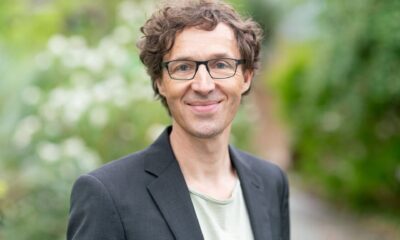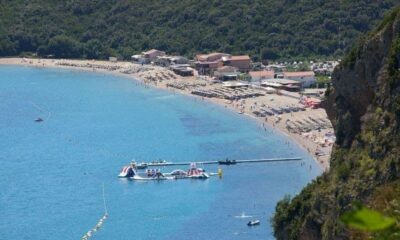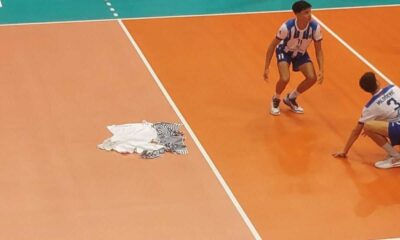Lifestyle
Art and Society: Prof. Timo Skrandies Discusses Joseph Beuys’ Legacy
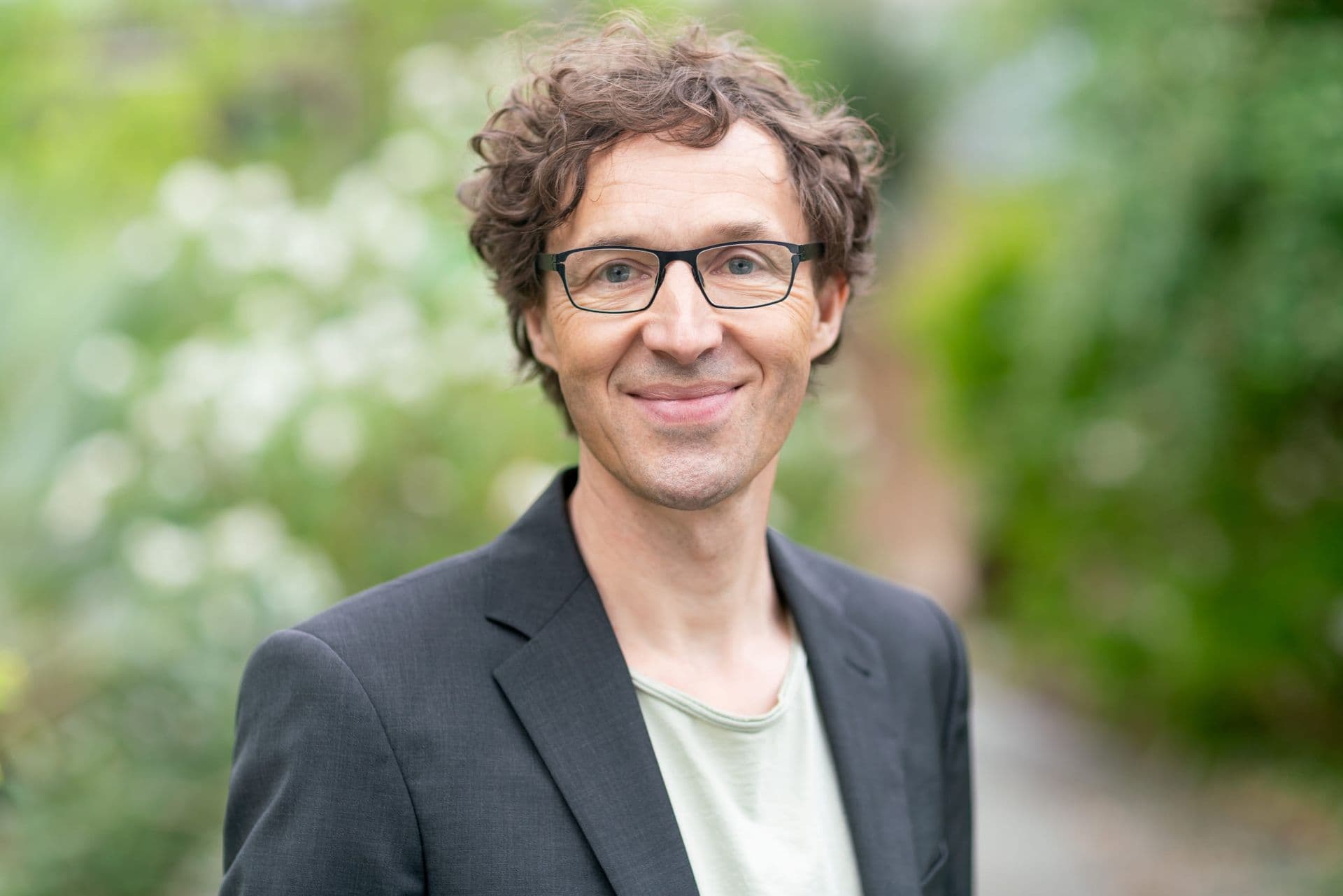
In an era marked by climate crisis, social division, and digital overwhelm, the ideas of Joseph Beuys continue to resonate, urging us to reflect on our roles in shaping society. Prof. Dr. Timo Skrandies, a prominent German theorist and aesthetician from Heinrich Heine University in Düsseldorf, will address this at his lecture titled “The Expanded Concept of Art (Joseph Beuys): Artistic Practice and Social Sculpture.” The event takes place today at 12:00 at the Faculty of Fine Arts in Cetinje and at 18:30 in the European House in Bar.
Skrandies, a leading researcher of Beuys’ life and work, will discuss art as a space for transformation, empathy, and collective action. He emphasizes that these themes remain crucial for understanding life in today’s “critical zone.” This lecture is part of a program organized by the Faculty of Fine Arts in conjunction with the exhibition “I Want to See My Mountains,” inspired by Beuys’ ambient installation, and realized in collaboration with the German Embassy in Montenegro and the Institute for Foreign Relations.
In an interview with Pobjeda, Skrandies shared insights on Beuys’ enduring relevance in the contemporary world, characterized by ecological anxiety and social polarization.
Skrandies notes, “Beuys passed away on October 3, 1986, before the reunification of Germany and before the end of the global division between East and West. Today, social circumstances, such as right-wing populism, and international relations, including deglobalization and new power blocs, are changing again. Thus, Beuys cannot be relevant in all aspects today, as his art and life belong to a ‘different time.’”
Yet, he identifies at least two reasons for Beuys’ continued presence. Firstly, he served as an artistic and aesthetic inspiration for many later artists, including Marina Abramović, Anselm Kiefer, and Matthew Barney. These artists have engaged with his work, adapting and creatively developing his ideas, while also critically questioning them. Secondly, Beuys’ politically oriented art tackled issues that still affect us today: ecological crisis, the future of Europe, human equality, concepts of democracy and education, and the anthropology that sees humans as beings who understand and act socially through both rationality and their senses.
Skrandies also reflects on Beuys’ famous declaration that “everyone is an artist.” He interprets this statement as both provocative and sincere. “It serves to draw attention, much like a newspaper headline, while summarizing essential points of his work. The idea that every person is an artist relates to understanding human action as a fundamentally creative process that originates from the individual but leads to social connections,” he explains.
The discussion also touches on the relevance of Beuys’ work to contemporary ecological and philosophical debates. Skrandies emphasizes that Beuys addressed fundamental questions, such as “nature protection,” which remain pertinent today. “Beuys was among the first artists to engage with ecological crises, which gained prominence in the early 1970s with the Club of Rome report ‘Limits to Growth.’”
Critics have argued that Beuys blurred the boundaries between art and life, myth and history. Skrandies addresses this concern, suggesting that Beuys challenges us to confront a “new order of things” that combines different aspects of reality, traditionally separated by Enlightenment thinking. He cites French philosopher Bruno Latour, proposing that we might not have ever been as “modern” as we believed.
Skrandies explains that Beuys’ performances often involved materials like felt, fat, and honey, all laden with symbolic and tactile significance. He states, “I would argue that ‘transformation’ is a key word. Each of these materials represents phenomena of energetic processes of transformation.”
The essence of Beuys’ art, according to Skrandies, lies in its ability to invoke healing and vulnerability. He asserts that the materials reflect not just physical properties but also anthropological, social, and even political meanings. For instance, felt can provide warmth, supporting a healing process.
In discussing political art and visual acts of racism, Skrandies suggests that Beuys’ concept of social sculpture offers a meaningful framework to reconsider political and ethical engagement through art in the 21st century. He concludes, “Social sculpture describes how our thoughts, feelings, and actions undergo constant transformations and interconnections. We all are and create social sculpture at every moment.”
As the lecture concludes, Skrandies hopes that the audience in Montenegro takes away the importance of avoiding the “greatest misunderstanding” of Beuys’ work, recognizing it as a subject for continued dialogue. He states, “This allows us to understand our lives in the critical zone and shape them so that everyone who wishes can live—and survive—in it.” The complexities of Beuys’ artistic legacy continue to inspire discussions about the intersections of art, ecology, and collective imagination today.
-

 Entertainment2 months ago
Entertainment2 months agoAnn Ming Reflects on ITV’s ‘I Fought the Law’ Drama
-

 Entertainment3 months ago
Entertainment3 months agoKate Garraway Sells £2 Million Home Amid Financial Struggles
-

 Health2 months ago
Health2 months agoKatie Price Faces New Health Concerns After Cancer Symptoms Resurface
-

 Entertainment2 months ago
Entertainment2 months agoCoronation Street’s Carl Webster Faces Trouble with New Affairs
-

 Entertainment2 months ago
Entertainment2 months agoWhere is Tinder Swindler Simon Leviev? Latest Updates Revealed
-

 Entertainment3 months ago
Entertainment3 months agoKim Cattrall Posts Cryptic Message After HBO’s Sequel Cancellation
-
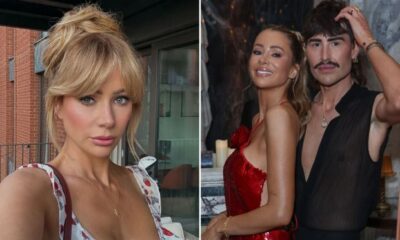
 Entertainment2 months ago
Entertainment2 months agoOlivia Attwood Opens Up About Fallout with Former Best Friend
-

 Entertainment2 months ago
Entertainment2 months agoMasterChef Faces Turmoil as Tom Kerridge Withdraws from Hosting Role
-

 Entertainment3 months ago
Entertainment3 months agoSpeculation Surrounds Home and Away as Cast Departures Mount
-

 World2 months ago
World2 months agoCole Palmer’s Mysterious Message to Kobbie Mainoo Sparks Speculation
-

 Entertainment3 months ago
Entertainment3 months agoMarkiplier Addresses AI Controversy During Livestream Response
-
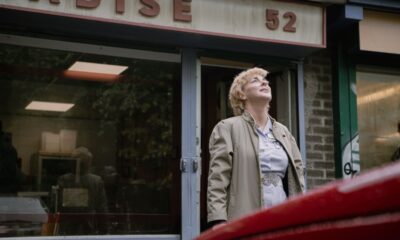
 Entertainment2 months ago
Entertainment2 months agoITV’s I Fought the Law: Unraveling the True Story Behind the Drama

